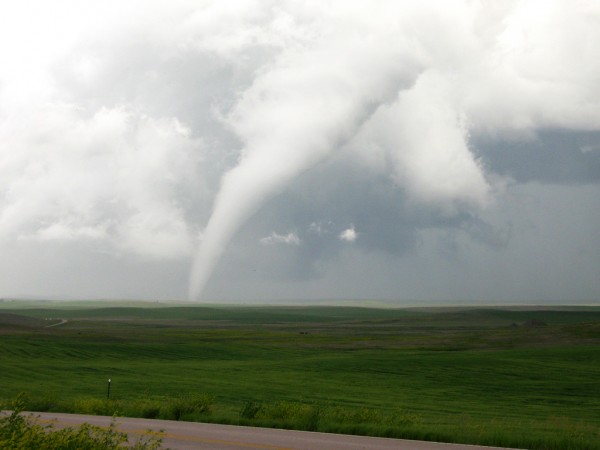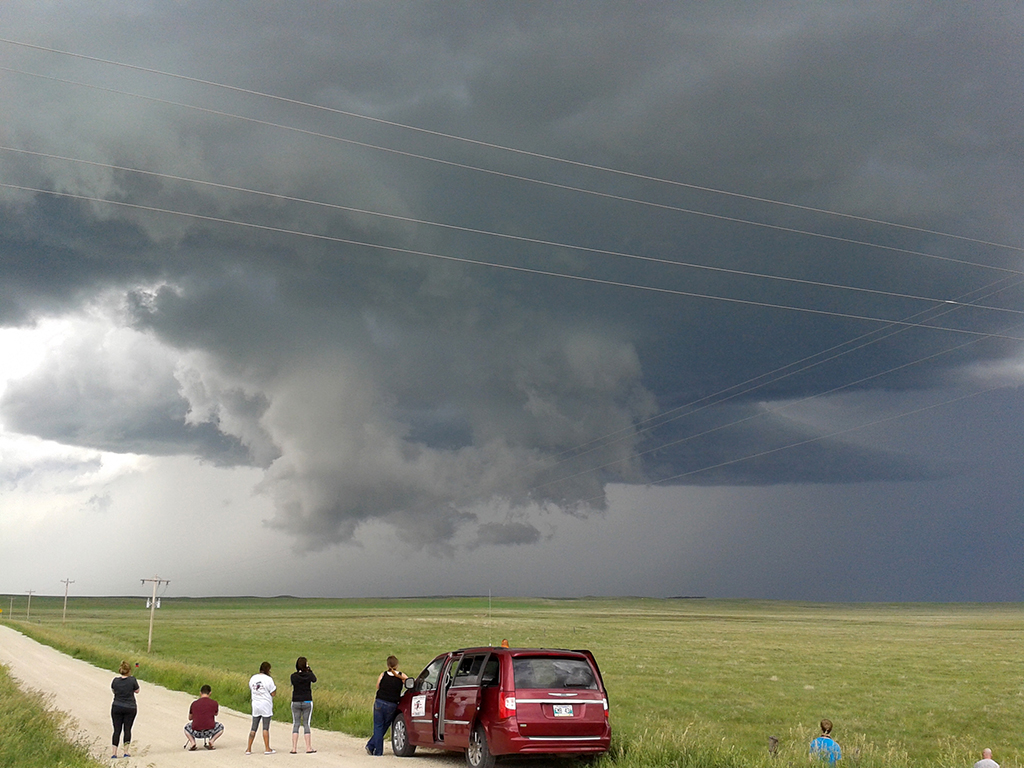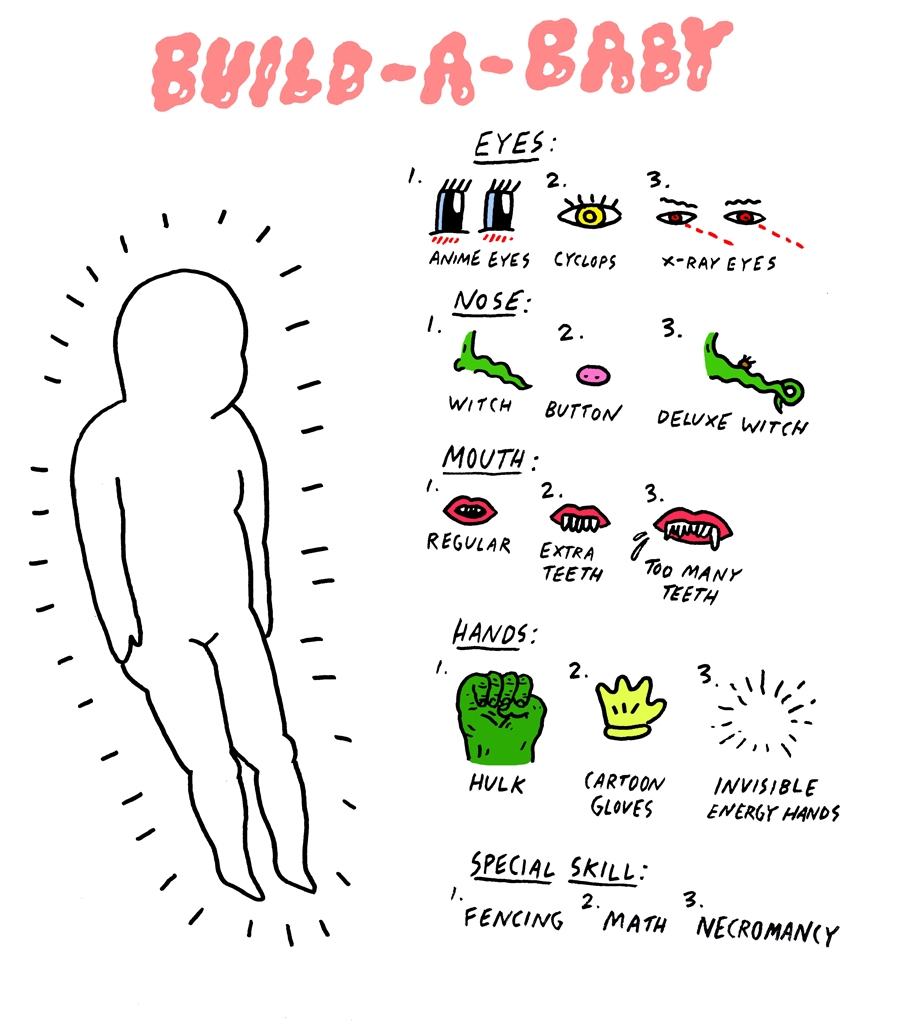Students in GEOG 4670: Severe Thunderstorms – Storm Chasing and Field Techniques, took part in a storm chasing trip across six states this summer.
The course, which is offered once every two years and has no prerequisites, is offered to all students and to the public, giving anyone the opportunity to learn about weather systems and partake in the exciting trip. Only permission from the department head is required to enrol.
The course comprises three weeks of in-class study, followed by one week on the road. In the classroom, students learn about the basics of weather, storm formation, and how to analyze real data using various methods.
Once the in-class portion is completed, students leave to the USA where they split into groups, each led by an instructor or professional, and chase storms. The students this summer departed on June 20 and visited South Dakota, North Dakota, Colorado, Wyoming, Nebraska, and Montana.
A typical day on the road for these students involves getting up around 7 a.m., eating breakfast, and then analyzing publicly available data from sounding stations and satellites. Once their

Photo Credit: Brock Tropea
analysis is complete, the groups decide which targets they will pursue.
In each vehicle, everyone has a specific role. These include the driver, the navigator, and the radio operator who communicates between the teams. All other passengers are observers. A radar is used to keep up to date with new data.
Brock Tropea, an undergraduate student from the faculty of environment, earth, and resources, was a student in GEOG 4670 this summer, and says that he has always had an interest in weather and climate. He had no second thoughts about participating in a storm chasing course.
“I’ve always personally been interested in weather. It’s a childhood fascination, and I happen to enjoy the raw power and beauty of nature. When you look up at this puffy little cloud, and all of a sudden it explodes with energy, […] it’s humbling and beautiful to look at.”
Tropea acknowledges that while the students’ experiences chasing storms were nothing like what you’d see on television, there were some moments where he felt a little anxious.
“You can really feel the power of these things. If you are standing in the right spot, you can either feel them sucking the air from behind you, or if you are standing in the downdraft from the outflow, you can feel the air blowing the other way.”
“We never got into real danger, and there was no real damage, but we were what we call ‘dancing in the bear cage.’ We say that ‘anywhere in the bear cage, there could be a bear,’” said Tropea, referring to the tornadoes and small twisters they were encountering.
During the trip, the students saw various types of storms every day, and even saw four twisters in a single chase. “A lot of professionals sometimes don’t see this many twisters on one day,” says Tropea. “The fact I was able to see that many on my first day out was pretty insane. I feel very lucky.”
The students even had the opportunity to meet Sean Casey, who was on the road with his Tornado Intercept Vehicle. Casey is a filmmaker who has been professionally chasing and filming storms for 12 years.
Tropea believes that being able to apply theoretical knowledge to data and see the real world results has been an incredibly valuable experience.
“This trip gave me a new perspective and has helped me become a more skilled meteorologist [with a] better understanding of atmospheric dynamics,”
For more information on this course and its offerings in the future, contact the course instructor Gordon Anderson by email at jander@cc.umanitoba.ca





